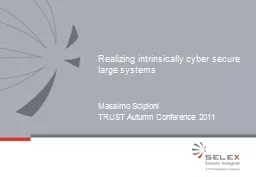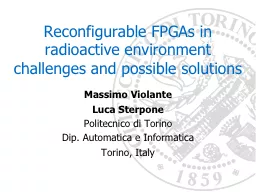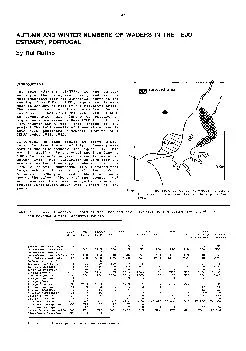PPT-Massimo Scipioni TRUST Autumn Conference 2011
Author : debby-jeon | Published Date : 2018-11-02
Realizing intrinsically cyber secure large systems Outline Introduction The problem context The solution Development process Users processes and procedures Cyber
Presentation Embed Code
Download Presentation
Download Presentation The PPT/PDF document "Massimo Scipioni TRUST Autumn Conference..." is the property of its rightful owner. Permission is granted to download and print the materials on this website for personal, non-commercial use only, and to display it on your personal computer provided you do not modify the materials and that you retain all copyright notices contained in the materials. By downloading content from our website, you accept the terms of this agreement.
Massimo Scipioni TRUST Autumn Conference 2011: Transcript
Download Rules Of Document
"Massimo Scipioni TRUST Autumn Conference 2011"The content belongs to its owner. You may download and print it for personal use, without modification, and keep all copyright notices. By downloading, you agree to these terms.
Related Documents














![[EPUB] - Massimo Bottura: Never Trust A Skinny Italian Chef](https://thumbs.docslides.com/891647/epub-massimo-bottura-never-trust-a-skinny-italian-chef.jpg)